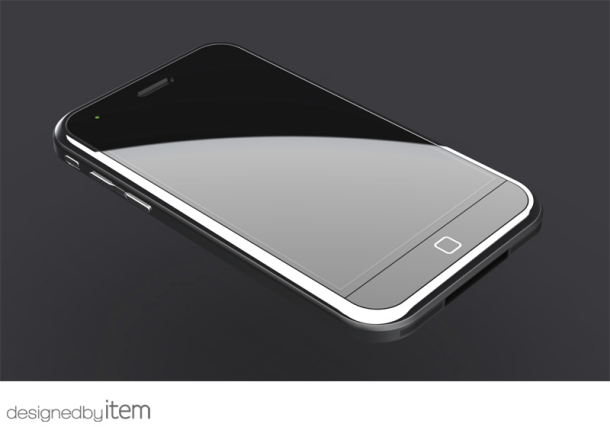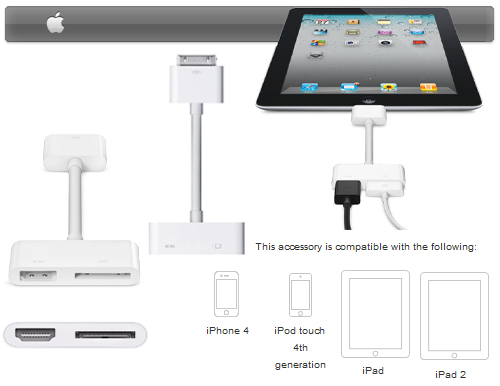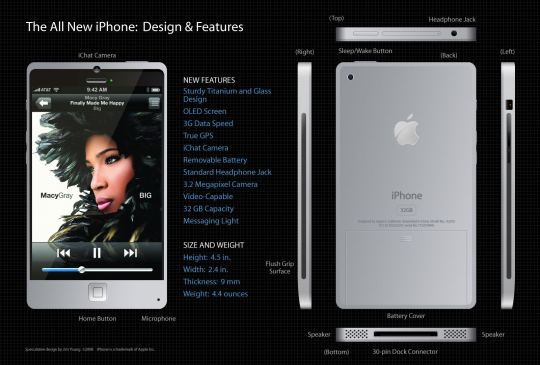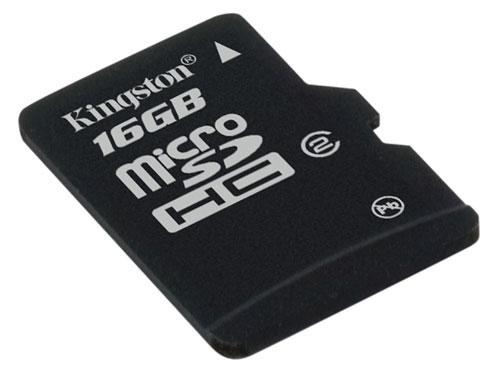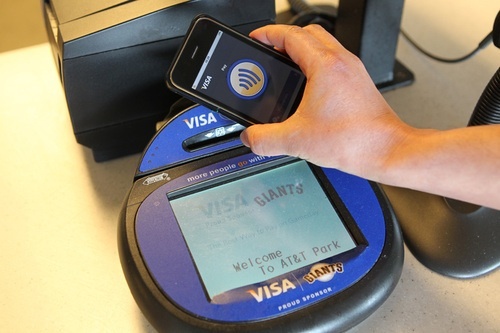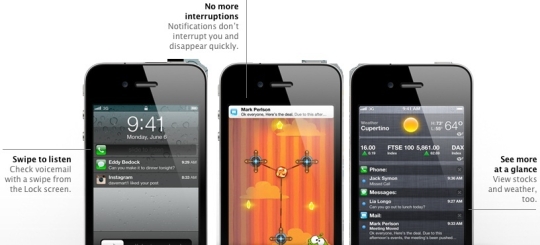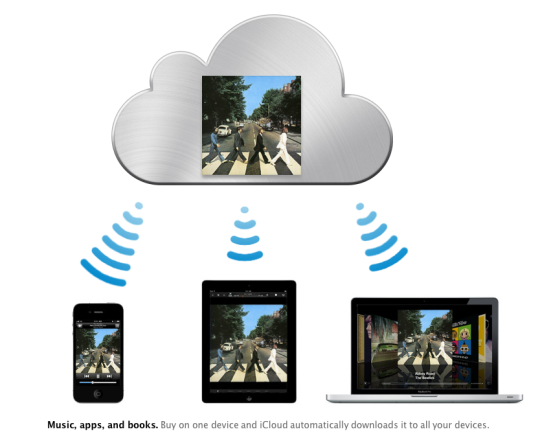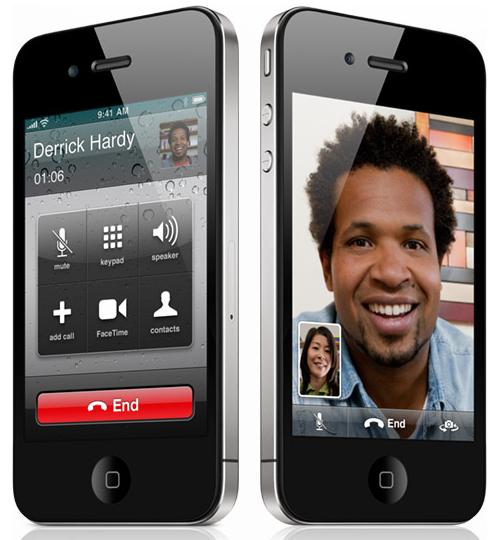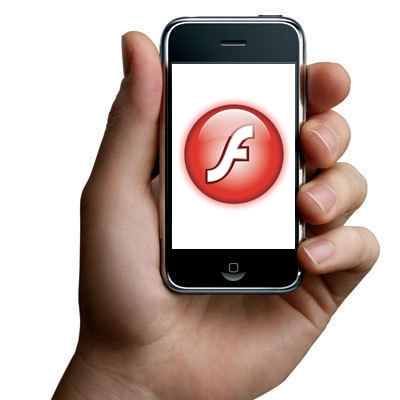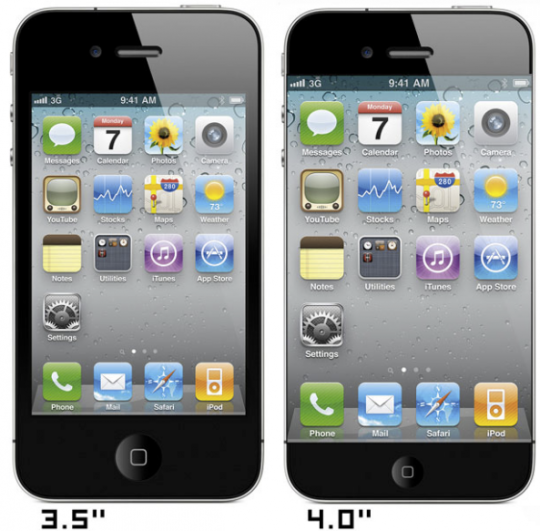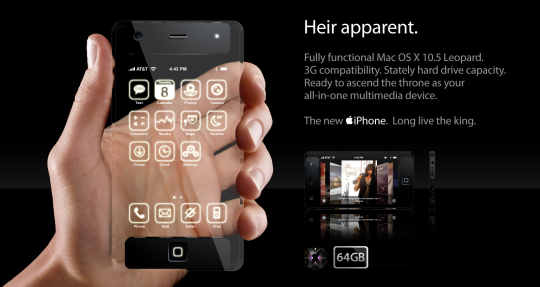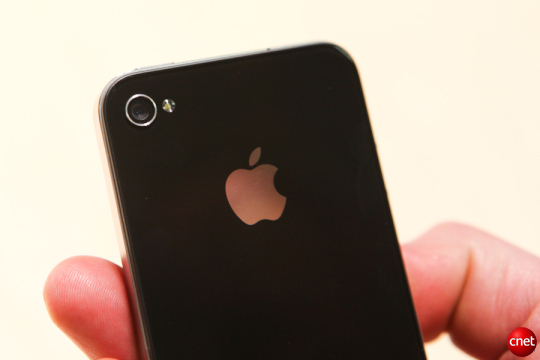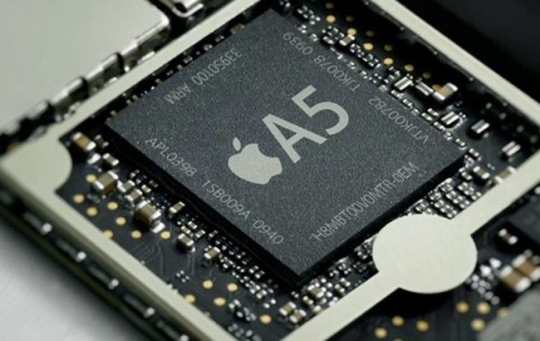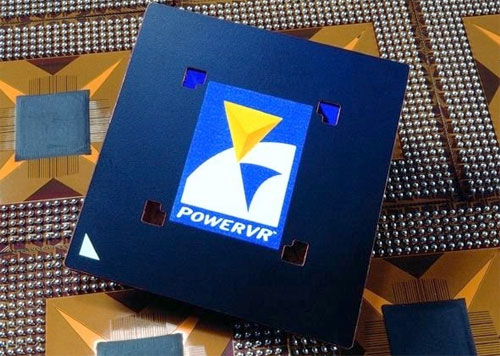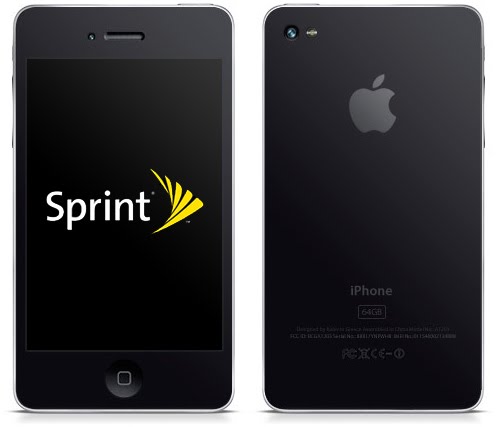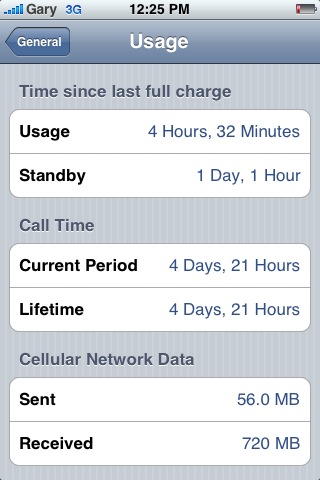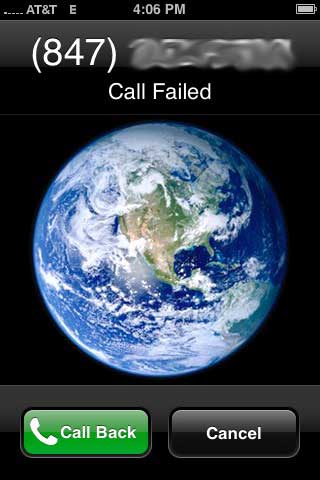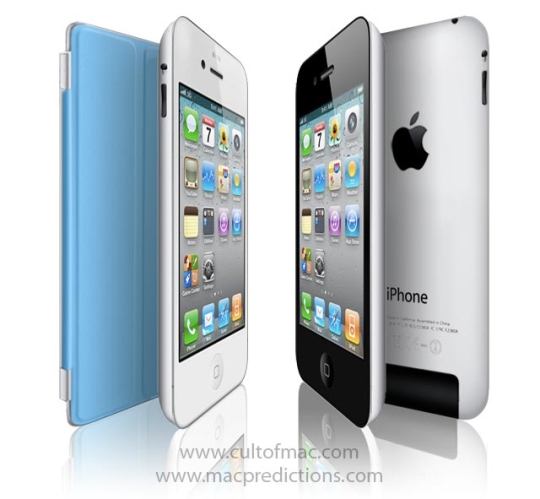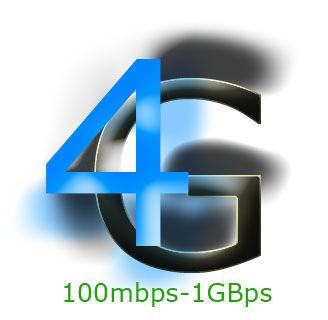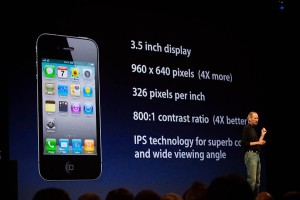New rumors indicate that the next generation iPhone could come with a new aluminum design for AT&t and Version, ditching the ultra-fragile glass back coming with the iPhone 4 and also features such as aluminum back, the A5 SoC, and confirmation of a June or July 2011 release date. The iPhone 5 would look more like the iPad 2…………..
The iPhone 5 rumors continue to fly fast and furious nd it’s looking more and more like a fall launch for the next iPhone. All is unknown. But that hasn’t stopped me from updating this list of most-wanted features with information gleaned from the arrival of iOS 5, as well as other new products and services. As a reminder, the 20 items in the list are ordered from least important to most in a reverse countdown.
20 most-wanted features:
- iOS 5:
What new features will iOS 5 bring? Who knows, but we look forward to its arrival in June. - 4G network compatible:
The one big thing missing from the iPhone 4 is the lack of next-gen 4G data network support, which is probably why Apple called it the 4 instead of the 4G.AT&T will reportedly have a 4G network up and running in 2011, whereas Sprint has already rolled out its next-gen network. Verizon has also just deployed its 4G network, but the Verizon iPhone 4 will not support 4G data. - Dual-core processor:
With Apple’s acquisition of PA Semiconductor, it’s started designing and churning out its own CPUs. The iPhone 4 has an A4 that runs at 1GHz. However, now that LG, Motorola, and others have unveiled dual-core Android phones, the processor ante has been raised.Rumor has it that Apple will move to a dual-core processor featuring a pair of 1GHz ARM Cortex A9 cores in both the next-generation iPhone and iPad 2. But that’s just speculation. - Better camera:
We certainly appreciate that Apple improved the camera in the iPhone 4 (5 megapixels; LED flash), but we’ve seen rumors that Sony is developing an even better 8-megapixel camera for the fifth-gen iPhone. - Improved 3D graphics:
The A4 CPU has a Imagination PowerVR graphics chip integrated into it. Like the iPhone 3GS, the iPhone 4 uses a PowerVR SGX535 chip. But the iPhone 5 will hopefully get the PowerVR SGX545, which was announced last year. - Better cloud-computing support:
Setting up an Android phone is dead simple: input your Gmail username and password, and the phone will immediately start pulling your Google-based contacts, calendar, and other info. The iPhone, by contrast, is still a slave to iTunes for activation and media syncing. Whether it’s a free version of Mobile Me, or an online version of iTunes powered by Apple’s Lala acquisition, cloud-based iPhone syncing can’t come soon enough. - Fewer failed and dropped calls:
AT&T has always had problems with its iPhone service in big cities like San Francisco and New York, where AT&T complaints seem to run highest.Some have questioned whether it’s the phone or the carrier, but either way, it will be interesting to see how Verizon’s network handles the influx of iPhone users. It’s also possible that the migration of some AT&T iPhone customers to Verizon will bring relief to AT&T’s network and perhaps its service will improve. Let’s hope so. - More carriers:
Now that the CDMA version of the iPhone has finally come to Verizon, it wouldn’t be too hard to make a Sprint version. Or how about a T-Mobile iPhone? Alas, we don’t know whether Verizon’s worked in any sort of exclusivity agreement into its deal with Apple, but let the rumors begin - Video chat (FaceTime) over 4G network:
Currently, on the iPhone 4, FaceTime only works over Wi-Fi and only with other iPhone 4s. We’d like to see an option to use it over a cellular data network, and hope it’s supported when AT&T’s faster 4G network ramps up in 2011. We’d also like to see the ability to make video calls with PCs. - Improved home screen:
We’re still waiting for a more customizable home screen, with a real “dashboard.” So far it has yet to appear in iOS 4. - Better battery life:
Every time Apple puts out a new iPhone, the battery life gets better, so we expect no less from the fifth-generation iPhone. Apple says the iPhone 4 has 40 percent more talk time than the iPhone 3GS. So, if the past is any indicator, we might see similar gains in next year’s model. - Flash support:
It’ll be a cold day in hell when Apple allows for Flash support on the iPhone. But that doesn’t mean we can’t ask for it. - Expandable memory:
Not happening, but just thought we’d ask. - More memory:
A lot of people were disappointed that the iPhone 4 didn’t come in a 64GB version (only 16GB and 32GB). Maybe next year we’ll get 64GB. - Removable battery:
This well-known rendering of a future iPhone dreams of a model with a removable battery. That appears to run counter to Apple’s current design principles. - Enhanced voice control:
We expect that in the the next generation of the iOS, Apple will continue to flesh out the voice controls for the iPhone, but there’s always room for more enhancements. It would be cool to be able to compose e-mails or text message by just using your voice, no? - RFID:
Rumor has it that Apple is looking into integrating radio frequency identification, or RFID, into the iPhone. RFID is sort of a bar code replacement and could allow your iPhone–among other things–to act as a payment device or even a car key. In the image to the left, you see a scenario where the iPhone acts as a combination lock (to open what, we don’t know). - Biometric security:
It’s hardly a must-have upgrade, but it would be cool to swipe your finger–instead of enter a password–to unlock your phone. (Image note: Allegedly, Apple has filed some patents related to this feature.) - HD output:
Right now, you can’t output 720p or 1080i HD video from an iPhone (any iPhone). We hope Apple allows for HD output in the future, particularly when you consider that Sprint’s Android-powered Evo has full HD output via HDMI. - Built-in IR:
We like the idea of using the iPhone as a universal remote, but we’re not so keen on attaching an IR dongle to the phone every time we want to use it as a remote.
[ttjad keyword=”iphone”]

